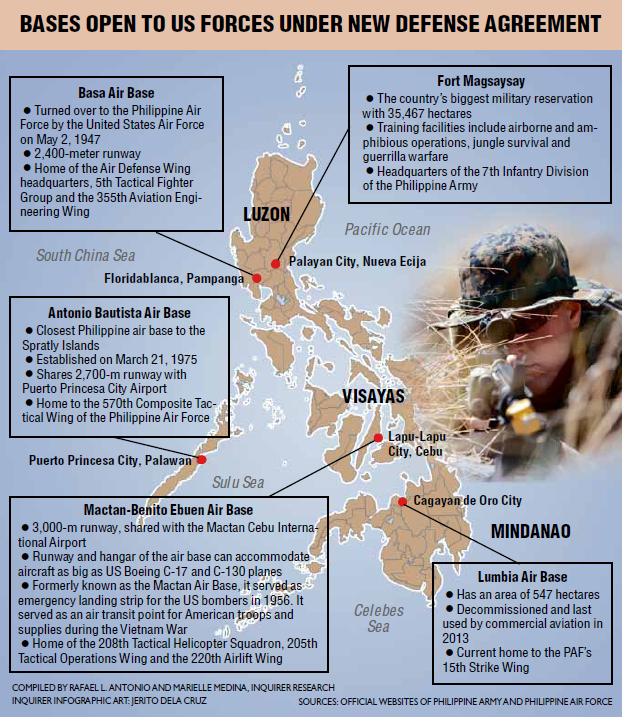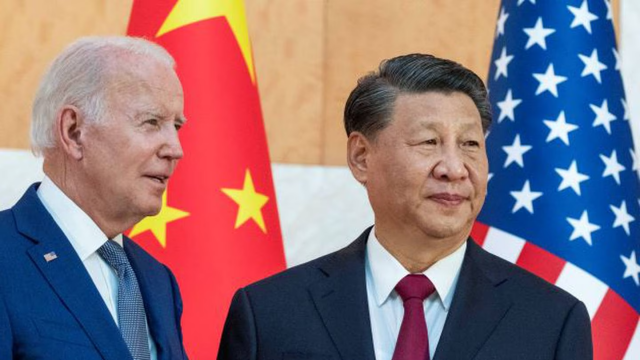The Philippines has been a key US ally for many years, but its relationship with China has been strengthening in recent times. However, as tensions escalate between the US and China, Manila’s decision to draw closer to Washington could have far-reaching implications for the Philippines.
The Philippines’ decision to align itself with the US has drawn the ire of China, raising concerns that the country may become a target for Chinese aggression. Given the Philippines’ strategic location near the South China Sea and its abundant natural resources, China may view the Philippines as a key target for its territorial ambitions in the region. In the past, China has demonstrated its willingness to use military force to protect its territorial claims, and the Philippines may find itself embroiled in a conflict between the two superpowers.

Apart from military risks, there are also economic risks that come with the Philippines’ decision to align itself with the US. China is one of the Philippines’ largest trading partners, and the two nations have been strengthening economic ties in recent years. If the Philippines continues to move closer to the US, it could face economic retaliation from China, which could have significant consequences for its economy.
Moreover, the Philippines’ alignment with the US could complicate negotiations on a South China Sea code of conduct. As one of the claimants in the disputed region, the Philippines’ alliance with the US may hinder efforts to reach a peaceful resolution to the conflict. China has already dismissed the Philippines’ claims to the region, and the US has been a vocal critic of China’s aggressive actions in the South China Sea.

Additionally, the Philippines’ decision to side with the US could contribute to a regional arms race. With the US increasing its military presence in the region, China has responded by expanding its military capabilities. If the Philippines continues to align itself with the US, other countries in the region may feel compelled to enhance their military capabilities, leading to an escalation of tensions.
In conclusion, the Philippines’ decision to align itself with the US could have significant implications for the country. While the US has been a longstanding ally of the Philippines, the country’s growing proximity to China has presented new challenges. The Philippines must carefully consider the risks and benefits of its decision and work to mitigate any potential negative consequences. At the same time, the US must be prepared to support the Philippines and other allies in the region as tensions with China continue to escalate.



2 thoughts on “Philippines Caught in the Middle of US-China Conflict: A Closer Look”